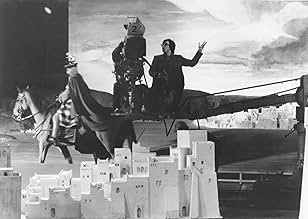Un regista polacco è in Svizzera per girare un film che riproduce le opere di famosi pittori. Mentre riflette sulla natura dell'arte e del suo lavoro è attratto da due donne, un'operaia e un... Leggi tuttoUn regista polacco è in Svizzera per girare un film che riproduce le opere di famosi pittori. Mentre riflette sulla natura dell'arte e del suo lavoro è attratto da due donne, un'operaia e una padrona d'albergo.Un regista polacco è in Svizzera per girare un film che riproduce le opere di famosi pittori. Mentre riflette sulla natura dell'arte e del suo lavoro è attratto da due donne, un'operaia e una padrona d'albergo.




























